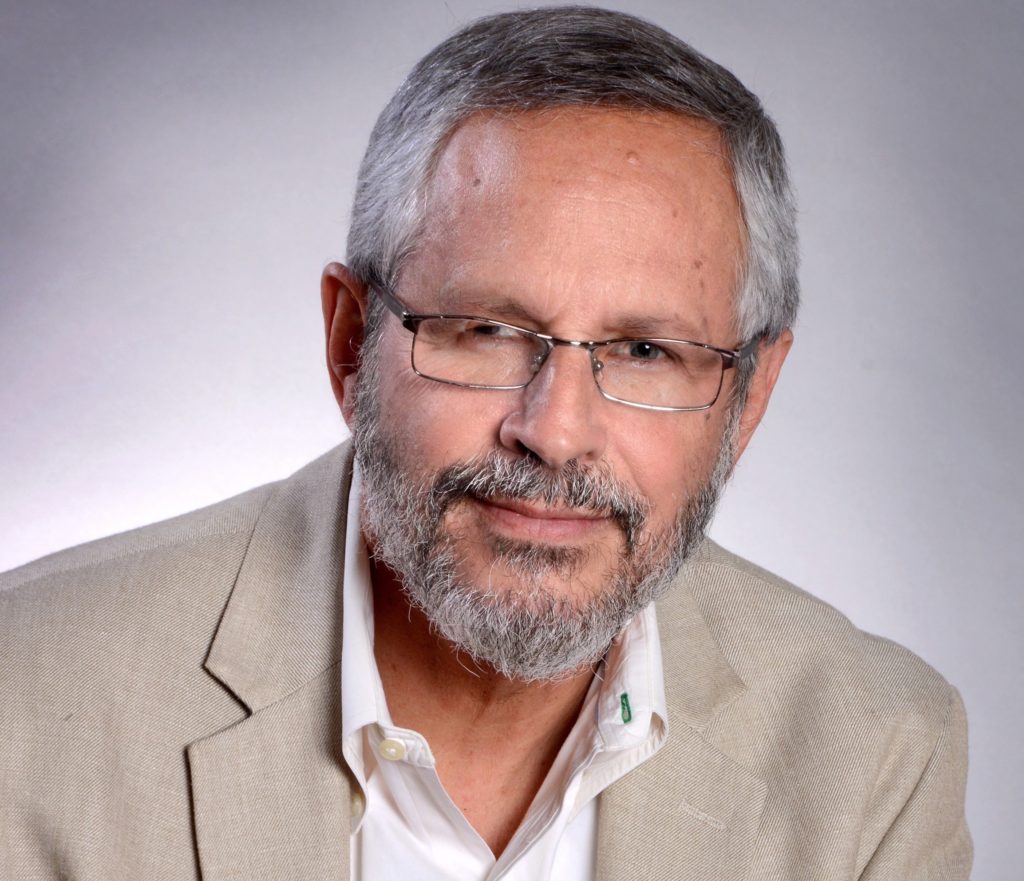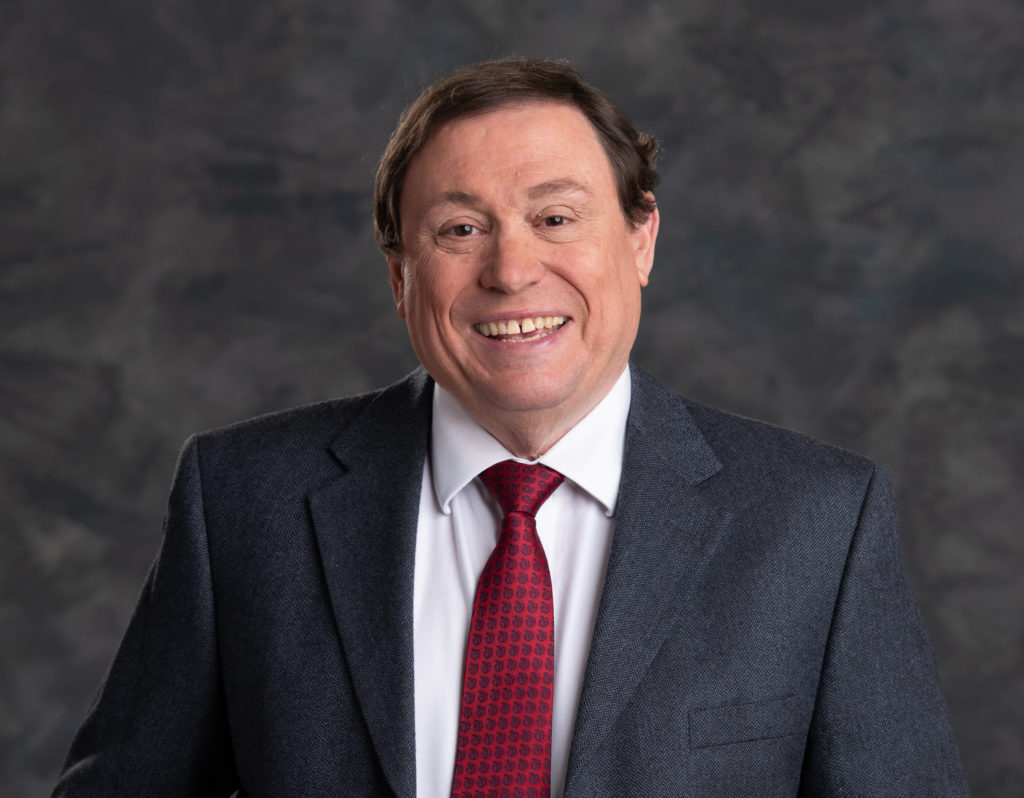

By PAUL GRUNDY, MD and KEN TERRY
Date: June 20, 2022.
The Smithsonian National Museum of Natural History has reported its biggest number of visitors in more than 2 ½ years. There’s a string of new Broadway musicals that are well-attended every night. It’s safe to shop in malls, eat out in restaurants and go to movie theaters again.
Of course, this has all been made possible by an effective vaccine against COVID-19 that was widely administered in the fall of 2021. Vaccinated citizens of the world are now confident that it’s safe to go out in public, albeit with appropriate precautions.
However, U.S. residents who have health problems are facing a new challenge. Five years ago, in 2017, the median wait time of new patients for doctor appointments was six days. In 2022, the wait time is six months or more.
The reason for this is no mystery. While life has started to return to what we think of as the new normal, the U.S. healthcare system has taken an enormous financial hit, and primary care practices have been especially affected. Many primary care physicians have closed their practices and have retired or gone on to other careers. Consequently, the shortage of primary care has been exacerbated, and access to doctors has plummeted. Urgent care centers, retail clinics and telehealth have not filled this gap.
Because of the long waiting times for primary care appointments, many more people now seek care in emergency departments (EDs). The waiting rooms of these EDs are overcrowded with people who have all types of complaints, including chronic and routine problems as well as emergencies. And this is not just a common sight in inner-city areas, as it once was; it’s now the same pretty much everywhere.
A significant number of people don’t want to spend hours waiting in an ED, even if they need to be seen by a doctor. Untreated conditions are the primary reason behind the spike in hospitalizations and readmissions, and most of these conditions can be traced back to causes that could have been addressed earlier. Many people with chronic diseases are doing the best they can to manage their health and avoid complications on their own. But, as was the case during the pandemic, too many people are still having bad outcomes as a result of not receiving timely medical care.
The telemedicine boom that began during the COVID-19 crisis has continued, and most payers now cover virtual visits. However, the results have been less than optimal in many cases. Although patients can use virtual encounters to access care without a long wait, telemedicine is still mainly valuable for diagnosing and treating minor acute problems and for chronic care follow-ups. For other kinds of complaints, patients are being told to go to emergency rooms.
This is not a page out of a dystopian work of fiction. It’s a very real possibility that might just become reality if primary care practices in the U.S. don’t receive the infusion of government aid they need to survive. Despite the recent rebound in office visits, primary care visits are still 25% below pre-pandemic levels, and a growing number of primary care physicians are wondering how long they can hang on.
The pandemic spotlights primary care crisis
The COVID-19 pandemic has already claimed over 100,000 lives in America. Primary care clinicians are among the healthcare workers on the frontlines, battling the virus, triaging concerned and infected patients and caring for those who are ill.
However, primary care has long depended economically on people showing up, and in-person visits have dropped precipitously since the COVID-19 outbreak began. A recent report from the Commonwealth Fund states that office visits—both in-person and virtual–have declined by 30 percent since the coronavirus outbreak after rebounding from a 60 percent drop. Primary care physicians (PCPs) have been particularly affected by the resultant falloff in practice revenues.
For their part, many patients are avoiding in-person visits, as they don’t want to risk exposure to the virus. Some practices are actively discouraging patients to come in for routine care. Since most practices rely on a fee-for-service payment model, and telemedicine has not made up for the drop in in-person visits, practice revenues have plunged.
As a result of this decline in cash flow, up to 60,000 family physicians will shut their businesses by the end of June, the American Academy of Family Physicians (AAFP) predicts. To put things in perspective on a smaller scale, one in three PCPs in California think they might have to close their practice.
Even for PCPs employed by hospitals and health systems, the situation is increasingly bleak. According to Becker’s Hospital CFO Report, by mid-May 258 hospitals had furloughed some of their staff in an effort to remain financially stable amid the pandemic. Many hospitals have suspended elective procedures to abide by state regulations and save capacity that they need to treat COVID-19 patients.
To keep their practices going, 85% of primary care clinicians are now delivering some care virtually through either video-based or telephone-based encounters. Medicare has taken the lead in covering these virtual visits, but many commercial insurers lag behind. Also, the telehealth infrastructure is still not all there. In a recent survey by the Primary Care Collaborative, 72% of primary care doctors reported that their most vulnerable patients do not have capabilities for virtual visits outside of telephone calls.
Even before the COVID-19 outbreak began, primary care physicians were an endangered species. A 2019 report from the Association of American Medical Colleges (AAMC) projected a shortage of 21,000 to 55,200 primary care physicians over the next decade, and the number of young doctors going into primary care is falling. Meanwhile, only a third of America’s physicians deliver primary care, compared to half or more in other countries. So we need more, not less primary care.
With all hands needed on deck right now, primary care physicians are more important than ever. If a significant number of PCPs retired or closed their practices, the pandemic would be harder to defeat, and the healthcare system would be much worse than it is today. Access to care would be greatly diminished, and untreated health conditions and unnecessary deaths would become common.
Time to save primary care
Many primary care practices in America are small businesses, and they require immediate relief for stabilization. However, what has been done for them so far falls far short of the mark.
The federal government provided almost $ 40 billion in forgivable loans to healthcare and social assistance organizations, accounting for 11.7% of total funding in the Paycheck Protection Program. Yet, some practices were denied loans as other businesses depleted funds from the program in the first round. Moreover, none of the federal rescue packages passed so far has included any funds directly targeted to primary care.
The Centers for Medicare and Medicaid Services (CMS) has also failed to come to the aid of primary care practices. A Medicare program that provided advance and accelerated payments to physician practices was criticized because practices were required to pay back the loans later on. However, the funds were missed when CMS abruptly discontinued the program in late April, and the American Medical Group Association now supports bills that would bring it back with a lengthened period of loan repayment.
Some experts say the solution to primary care’s financial woes is monthly capitation payments that would occur regardless of how many in-person visits a practice received. Last year CMS announced the Primary Care First demonstration program, which includes capitation payments. But the program won’t be implemented until 2021, and many primary care practices could go under by then.
The Commonwealth Fund, America’s Health Insurance Plans, the primary care medical societies, and other organizations are now begging Congress to appropriate money directly to primary care practices in the next stimulus package. We think that’s a necessary first step to right the ship of primary care before it goes down. In addition, it’s time for commercial insurers to offer telemedicine-friendly coverage and institute primary care contracting strategies that reward practices for providing high-quality and coordinated care.
Losing a significant chunk of our primary care capacity would hurt both patients and the healthcare system. A greater investment in primary care would result in lower costs, higher patient satisfaction, fewer hospitalizations and ED visits, and lower mortality.
The primary care landscape will be very different after the pandemic, and many fear that it may not be for the better. While an immediate cash infusion is desperately needed, PCPs may face a near-complete market consolidation stemming from the financial repercussions of the coronavirus. That won’t necessarily happen: some healthcare systems, facing a cash crunch of their own, may let their employed doctors go back to private practice. But if consolidation increases even further, we can expect higher healthcare costs and less choice of providers.
What’s clear at this point is that primary care must be saved if we are to emerge from this pandemic with the essential infrastructure of health care intact. Everybody needs primary care, and we all need access to healthcare. Congress must make health policy decisions with an eye to the kind of healthcare system we want to have when it’s really safe to go out again.
Paul Grundy, MD, is the Chief Transformation Officer at Innovaccer and the Convenor of the virtual healthcare community, Care As One.
Ken Terry is a journalist and author who has covered health care for more than 25 years. His latest book, Physician-Led Health Care Reform: A New Approach to Medicare for All, will be published in June.

